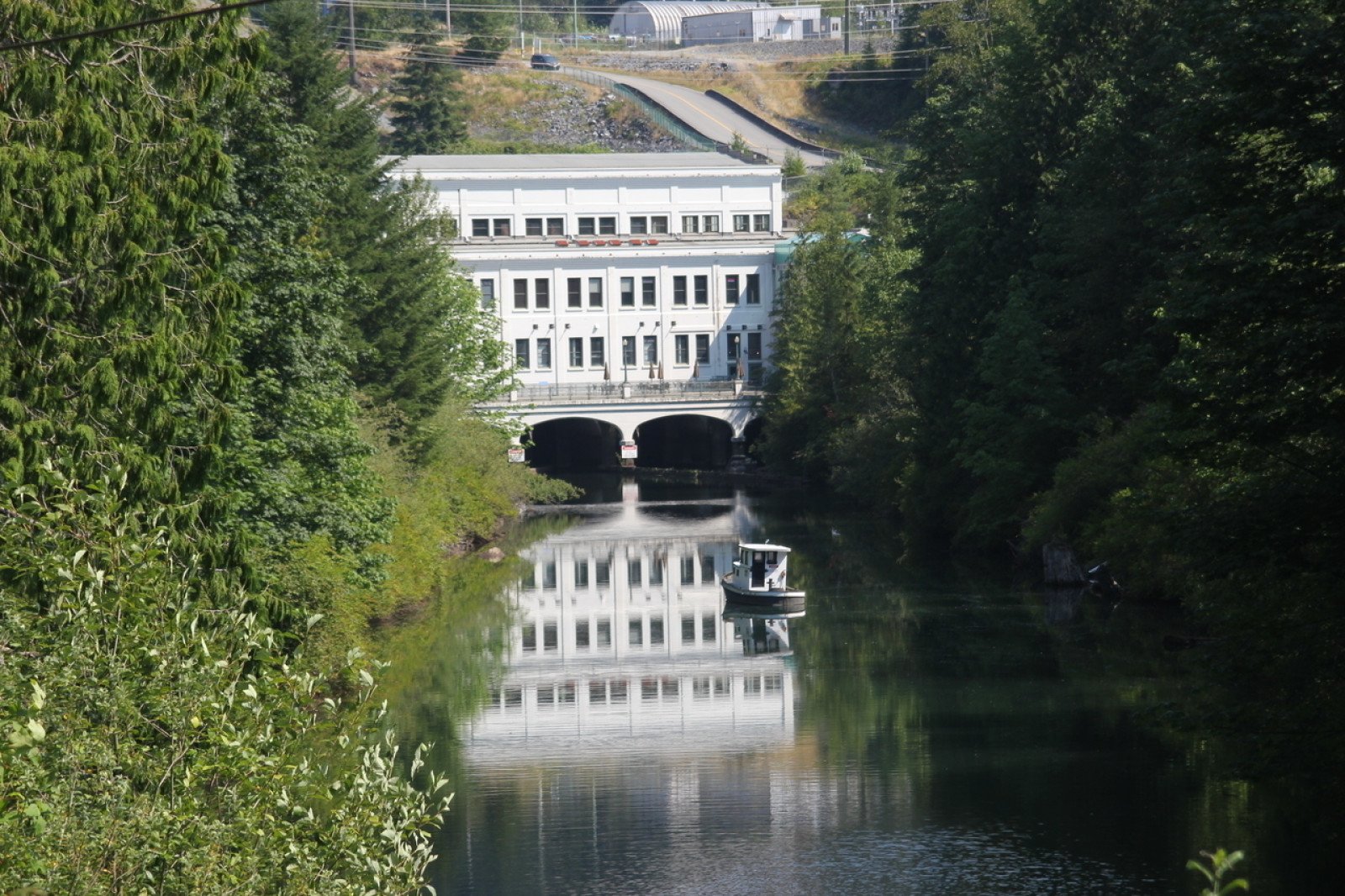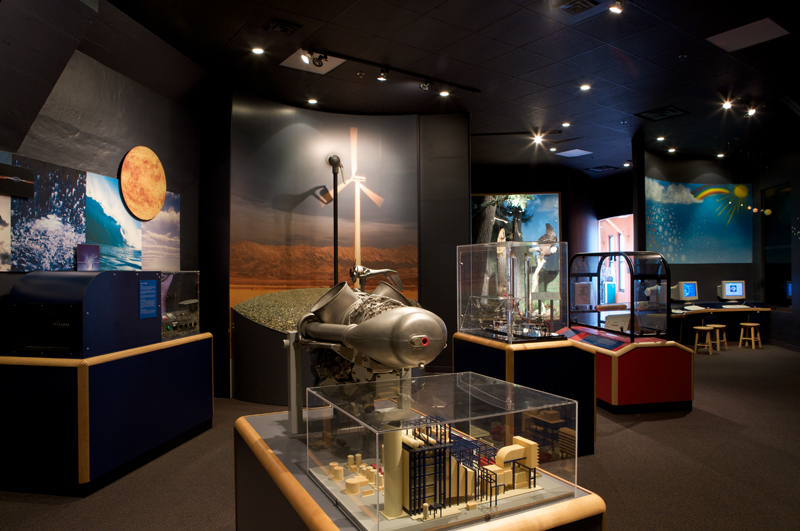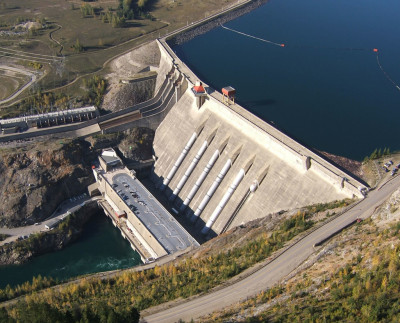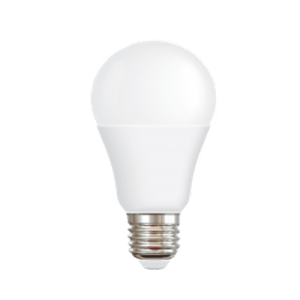The Powerhouse at Stave Falls tour
Experience the history, power, and place that is Stave Falls.

Overview
The Powerhouse at Stave Falls provides a unique opportunity to bring the curriculum to life and engage students with real world experiences. Students will learn about B.C.'s renewable and non-renewable resources, hydroelectricity, human and natural heritage, and conservation.
Instructions
What you'll need
Teachers will need 1 copy of each:
- "Stave Falls pre-trip activities" teacher guide
- "Stave Falls tour activities" teacher guide
- "Stave Falls post-trip activities" teacher guide
- "Timeline cards"
There are worksheets and handouts within each teacher guide that can be photocopied for students.

- Visit bchydro.com/stavefalls and read the information to plan your visit and request a school tour.
- Make sure students fill out any field trip forms required at your school.
- Review the "Stave Falls pre-trip activities" and complete them with your class before the field trip.
- As your scheduled tour date gets closer, read over the "Field trip tips" in the "Teaching notes".
- Print out the "Stave Falls tour activities" teacher guide and "Timeline cards", and give copies of the worksheets and scavenger hunt lists to students to bring to Stave Falls.
- Head to Stave Falls for your tour and have students complete the "Stave Falls Tour activities" as they explore the Visitor Centre.
- Back in the classroom, complete the "Stave Falls post-trip activities" with students to review and reinforce learnings from the field trip.
Curriculum Fit
Grade 4 Science
Content
- Energy has various forms
- Devices that transform energy
Curricular competencies
Questioning and predicting
- Demonstrate curiosity about the natural world
- Observe objects and events in familiar contexts
- Identify questions about familiar objects and events that can be investigated scientifically
Planning and conducting
- Make observations about living and non-living things in the local environment
- Collect simple data
Processing and analyzing data and information
- Experience and interpret the local environment
- Sort and classify data and information using drawings or provided tables
- Use tables, simple bar graphs, or other formats to represent data and show simple patterns and trends
Evaluating
- Identify some simple environmental implications of their and others’ actions
Applying and innovating
- Contribute to care for self, others, school, and neighbourhood through individual or collaborative approaches
- Transfer and apply learning to new situations
Communicating
- Represent and communicate ideas and findings in a variety of ways, such as diagrams and simple reports, using digital technologies as appropriate
- Express and reflect on personal or shared experiences of place
Grade 4 Social Studies
Content
- The history of the local community and of local First Peoples communities
- Physiographic features and natural resources of Canada
Curricular competencies
- Use Social Studies inquiry processes and skills to ask questions; gather, interpret, and analyze ideas; and communicate findings and decisions
- Construct arguments defending the significance of individuals/groups, places, events, or developments
- Sequence objects, images, or events, and determine continuities and changes between different time periods or places
- Construct narratives that capture the attitudes, values, and worldviews commonly held by people at different times or places
- Make ethical judgments about events, decisions, or actions that consider the conditions of a particular time and place
Grade 4, 5 English Language Arts
Content
- Strategies and processes: reading strategies, oral language strategies, writing processes
Curricular competencies
Comprehend and connect (reading, listening, viewing)
- Access and integrate information and ideas from a variety of sources and from prior knowledge to build understanding
- Use a variety of comprehension strategies before, during, and after reading, listening, or viewing to deepen understanding of text
- Use personal experience and knowledge to connect to text and deepen understanding of self, community, and world
- Respond to text in personal and creative ways
Create and communicate (writing, speaking, representing)
- Exchange ideas and perspectives to build shared understanding
- Communicate in sentences and paragraphs, applying conventions of Canadian spelling, grammar, and punctuation
- Transform ideas and information to create original texts
Grade 4, 5, 6, 7 Arts Education
Content
- Drama: character, time, place, plot, tension, mood, focus, contrast
Curriculum competencies
Exploring and creating
- Demonstrate an understanding and appreciation or personal, social, cultural, historical, and environmental contexts in relation to the arts (Grade 7)
Reasoning and reflecting
- Connect knowledge and skills from other areas of learning in planning, creating, interpreting, and analyzing works for art (Grade 4, 5)
Communicating and documenting
- Adapt learned skills, understandings, and processes for use in new contexts and for different purposes and audiences
Grade 5, 6 Science
Content
- Machines: constructed and found in nature (Grade 5)
- The nature of sustainable practices around B.C.’s resources (Grade 5)
- Force of gravity (Grade 6)
Curricular competencies
Questioning and predicting
- Demonstrate a sustained curiosity about a scientific topic or problem of personal interest
- Make observations in familiar or unfamiliar contexts
- Identify questions to answer or problems to solve through scientific inquiry
Planning and conducting
- Observe, measure, and record data, using appropriate tools, including digital technologies
Processing and analyzing data and information
- Experience and interpret the local environment
- Construct and use a variety of methods, including tables, graphs, and digital technologies, as appropriate, to represent patterns or relationships in data
- Demonstrate an openness to new ideas and consideration of alternatives
Evaluating
- Identify some of the social, ethical, and environmental implications of the findings from their own and others’ investigations
Applying and innovating
- Contribute to care for self, others, school, and neighbourhood through individual or collaborative approaches
- Transfer and apply learning to new situations
Communicating
- Communicate ideas, explanations, and processes in a variety of ways
- Express and reflect on personal, shared, or others’ experiences of place
Grade 5, 6 Social Studies
Content
- Resources and economic development in different regions of Canada (Grade 5)
- Economic policies and resource management, including effects on indigenous peoples (Grade 6)
Curricular competencies
- Use Social Studies inquiry processes and skills to ask questions; gather, interpret, and analyze ideas; and communicate findings and decisions
- Construct arguments defending the significance of individuals/groups, places, events, or developments
- Sequence objects, images, and events, and recognize the positive and negative aspects of continuities and changes in the past and present
- Take stakeholders’ perspectives on issues, developments, or events by making inferences about their beliefs, values, and motivations
- Make ethical judgments about events, decisions, or actions that consider the conditions of a particular time and place, and assess appropriate ways to respond
Grade 6, 7 English Language Arts
Content
- Strategies and processes: reading strategies, oral language strategies, writing processes
Curricular competencies
Comprehend and connect (reading, listening, viewing)
- Access information and ideas for diverse purposes and from a variety of sources and evaluate their relevance, accuracy, and reliability
- Apply appropriate strategies to comprehend written, oral, and visual texts, guide inquiry, and extend thinking (Grade 6)
- Synthesize ideas from a variety of sources to build understanding
- Construct meaningful personal connections between self, text and world
- Respond to text in personal, creative, and critical ways
Create and communicate (writing, speaking, representing)
- Exchange ideas and viewpoints to build shared understanding and extend thinking
- Use an increasing repertoire of conventions of Canadian spelling, grammar, and punctuation
- Transform ideas and information to create original texts
Grade 7 Science
Content
- Electricity: generated in different ways with different environmental impacts
- Electricity: electromagnetism
Curricular competencies
Questioning and predicting
- Demonstrate a sustained intellectual curiosity about a scientific topic or problem of personal interest
- Make observations aimed at identifying their own questions about the natural world
- Identify a question to answer or a problem to solve through scientific inquiry
Planning and conducting
- Observe, measure, and record data (qualitative and quantitative), using equipment, including digital technologies, with accuracy and precision
Processing and analyzing data and information
- Experience and interpret the local environment
- Construct and use a range of methods to represent patterns or relationships in data, including tables, graphs, keys, models, and digital technologies as appropriate
Evaluating
- Consider social, ethical, and environmental implications of the findings from their own and others’ investigations
Applying and innovating
- Contribute to care for self, others, and community through personal or collaborative approaches
- Transfer and apply learning to new situations
Communicating
- Communicate ideas, findings, and solutions to problems, using scientific language, representations, and digital technologies as appropriate
- Express and reflect on a variety of experiences and perspectives of place
Grade 7 Social Studies
Content
- Human responses to particular geographic challenges and opportunities, including climates, landforms, and natural resources
- Scientific, philosophical, and technological developments
Curricular competencies
- Use Social Studies inquiry processes and skills to ask questions; gather, interpret, and analyze ideas; and communicate findings and decisions
- Assess the significance of people, places, events, or developments at particular times and places
- Characterize different time periods in history, including periods of progress and decline, and identify key turning points that marked periods of change
- Explain different perspectives on past or present people, places, issues, or events, and compare the values, worldviews, and beliefs of human cultures and societies in different times and places
- Make ethical judgments about past events, decisions, or actions, and asses the limitations of drawing direct lessons from the past
Teaching Notes
- BC Hydro’s Powerhouse at Stave Falls is a Canadian National Heritage site located 65 kilometres east of Vancouver. This historic location and the Hayward Lake Recreation Area provide an opportunity for learners of all ages to discover and explore a rich human and natural history.
- Inside the Visitor Centre is a gift shop with science-related items, souvenirs, and snacks.
Field trip tips
Before you go
- Be familiar with your destination and know what to expect.
- Be clear about student and teacher expectations. Consider answering the questions as a class: What will a successful field trip look like for everyone? What are the common goals? What is the plan?
- Review classroom rules and ask students how they can be translated to the field trip setting.
- Remind students that the field trip guides and staff are to be listened to respectfully, and their instructions are to be followed.
- Include students in the planning and fundraising (if needed).
- Invite a responsible parent or staff to support your class management.
- With student input, establish a signal that will tell students it is time to stop, look, and listen. Then practice at school.
- Review what participants will need to wear, bring and do to be prepared to enjoy the field trip. Consider packing extra snacks, water, and garbage bags (for emergency rain gear).
- Please note that there is no lunchroom inside the Visitor Centre.
Upon arrival
- Account for all students and number off at intervals (especially arrival and departure).
- Ask students to state pre-arranged behaviour expectations and the “attention signal.”
- Check in with the class’ needs: provide snack and bathroom breaks in keeping with your school’s routine if practical.
- Make sure students are aware of hazards and clearly define physical boundaries at each location.
- As much as possible, let the location be the teacher: share your questions and curiosity with learners and invite sensory exploration.
What to bring
- Students
- Weather appropriate clothing
- Closed-toe shoes (runners) or boots
- Pen or pencil
- Notebook or paper
- "Stave Falls tour activities" worksheets and scavenger hunt lists
- Lunch and snacks
- Water bottle
- Teachers
- "Stave Falls tour activities" teacher guide
- "Timeline cards"
- Weather appropriate clothing
- Closed-toe shoes (runners) or boots
- Contact info (bus or parent drivers, school, visitor centre)
- Mobile device
- Pen or pencil
- Notebook or paper
- Lunch and snacks
- Water bottle
- Optional
- Camera
- Binoculars








